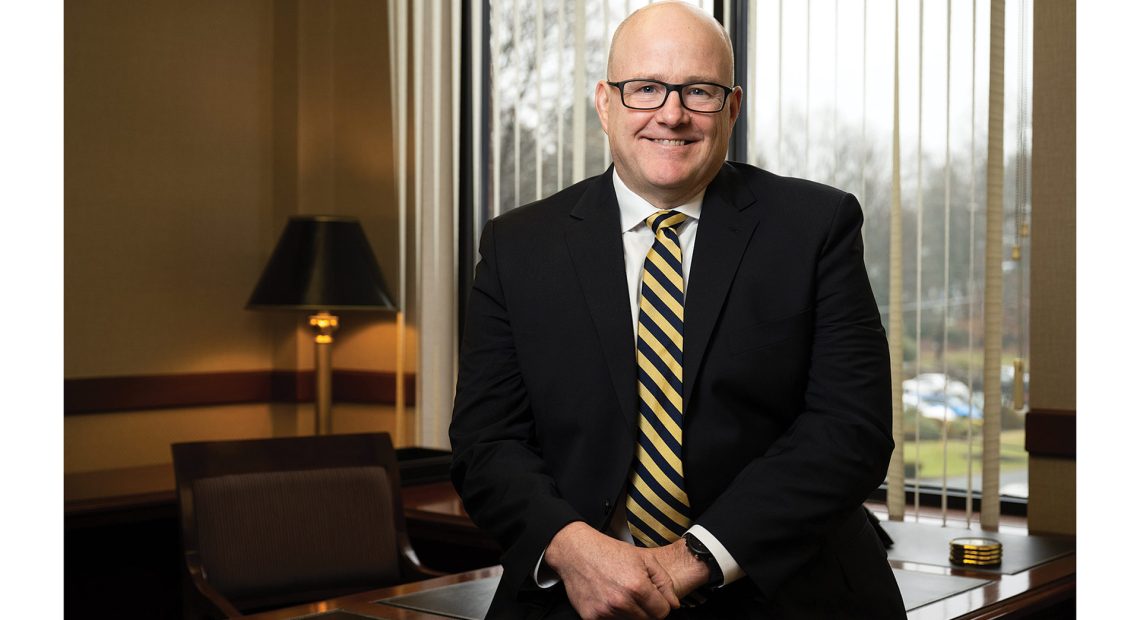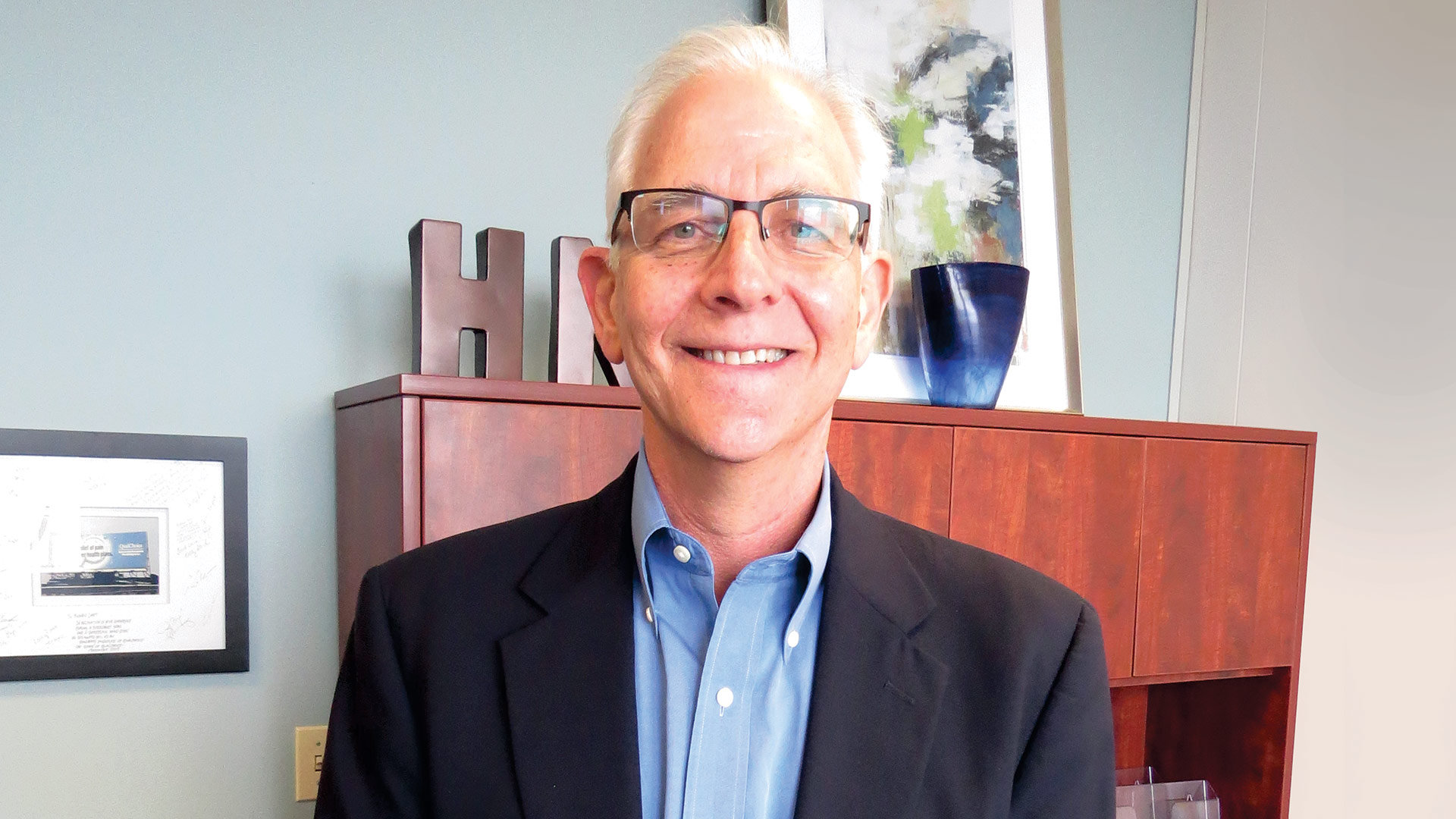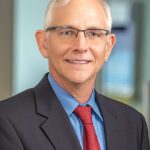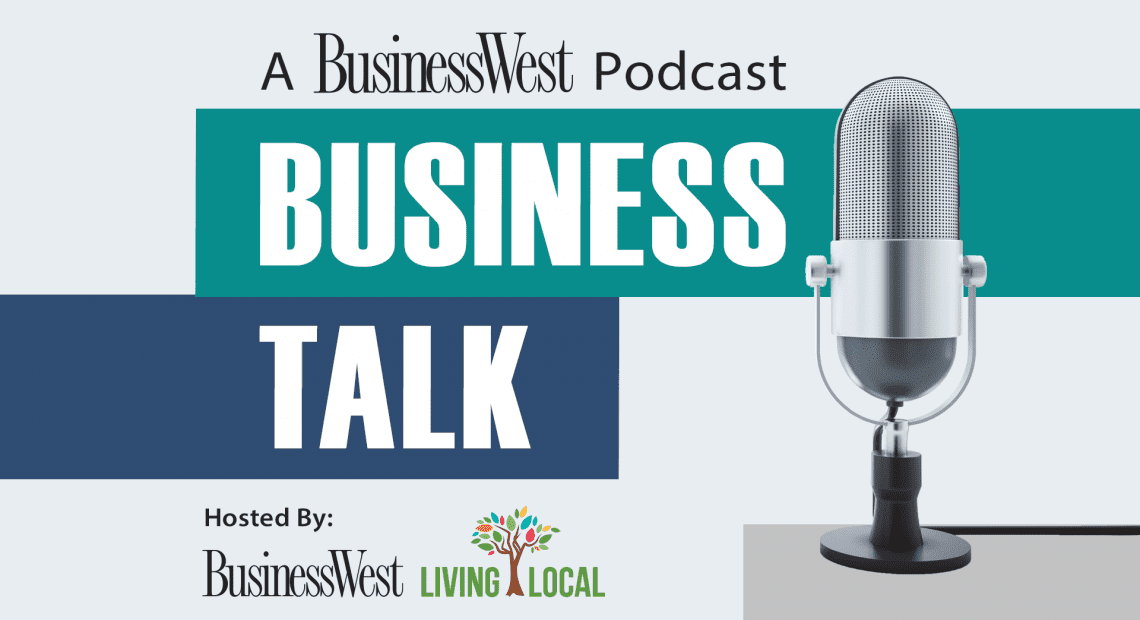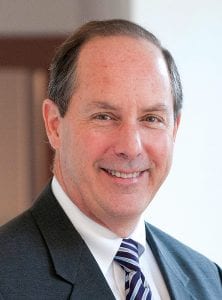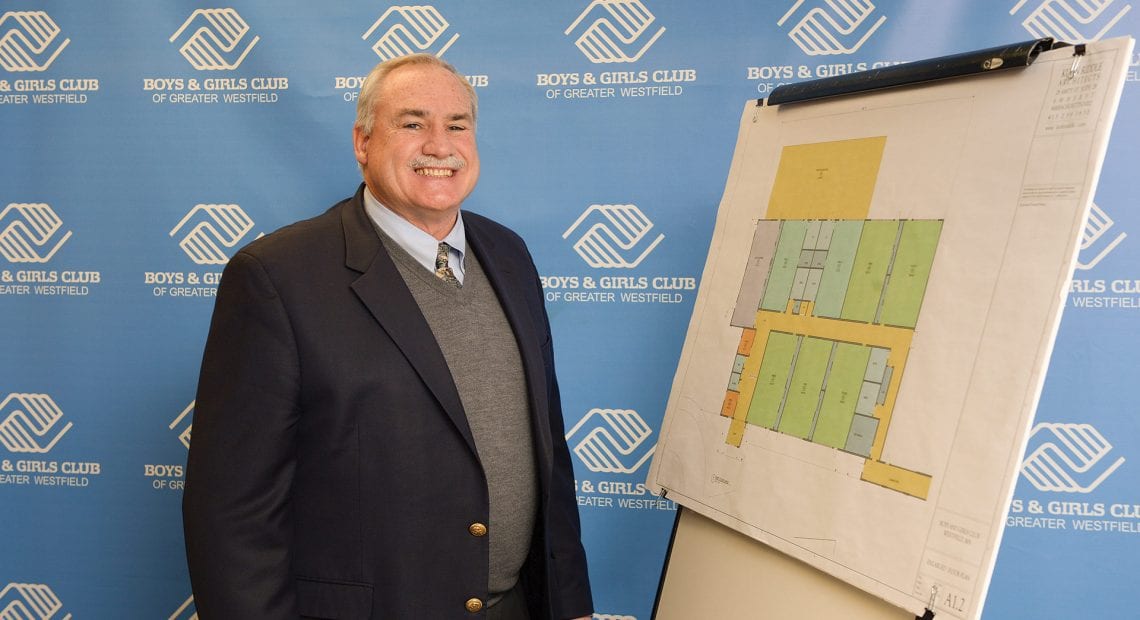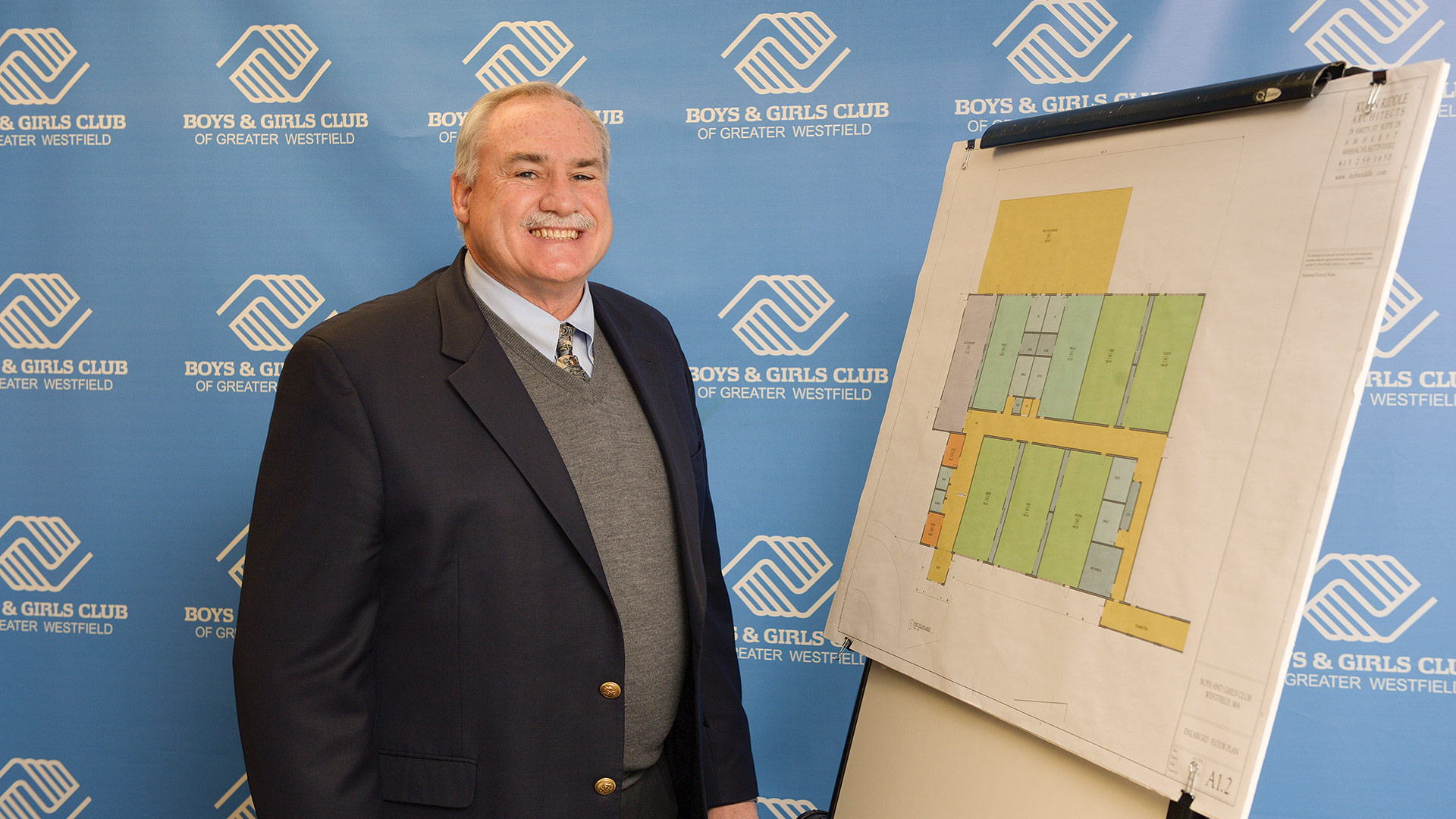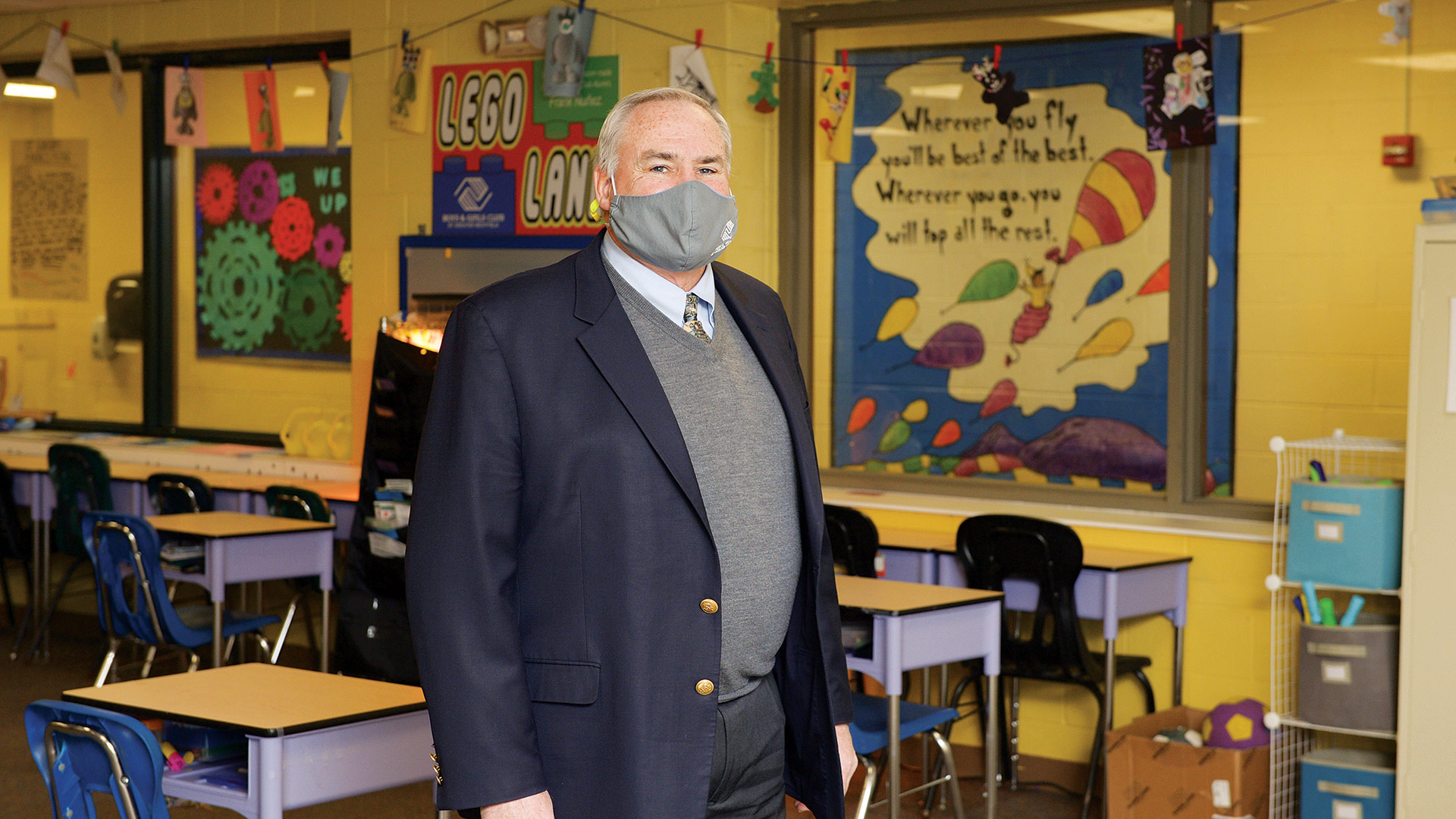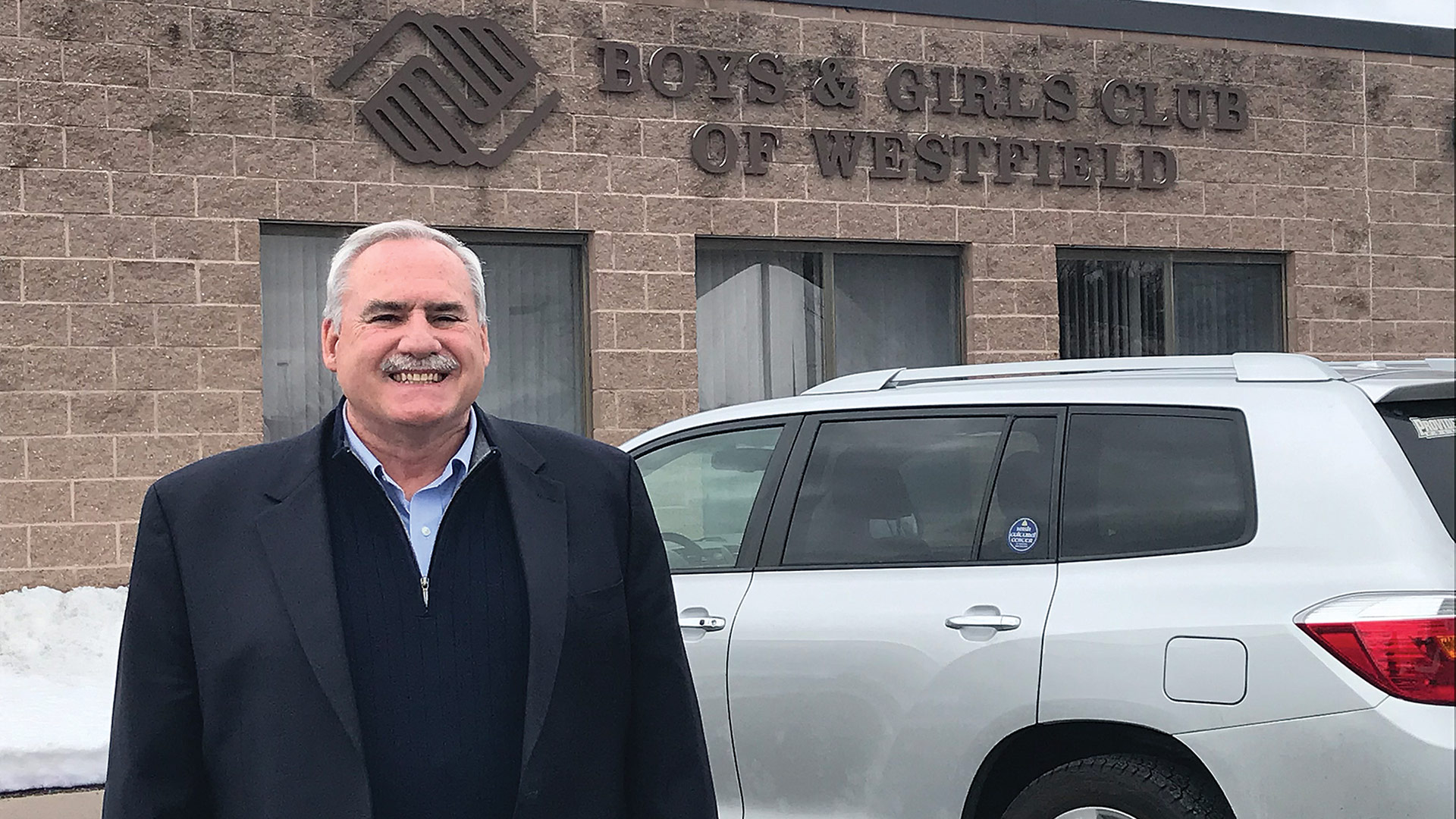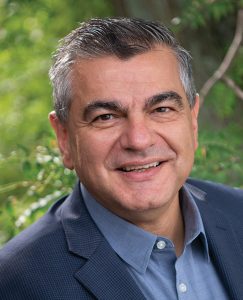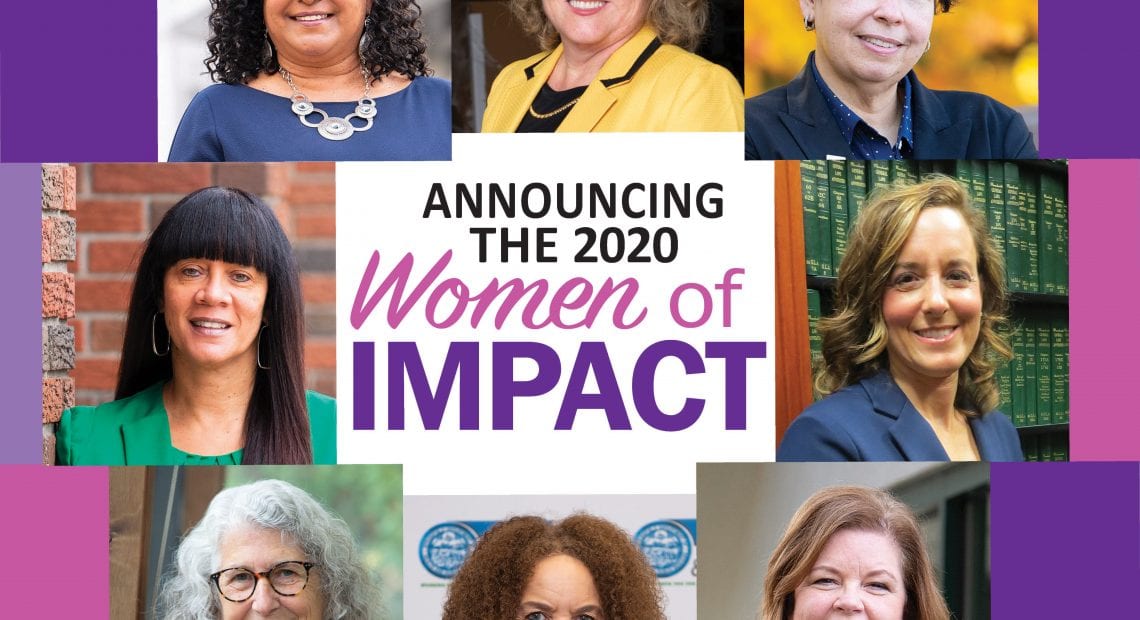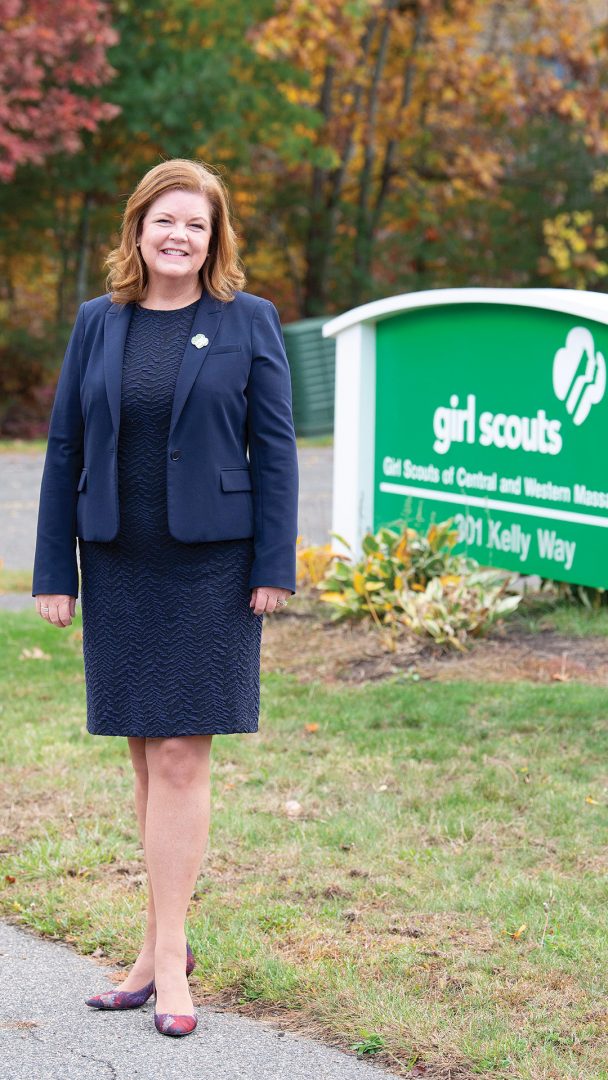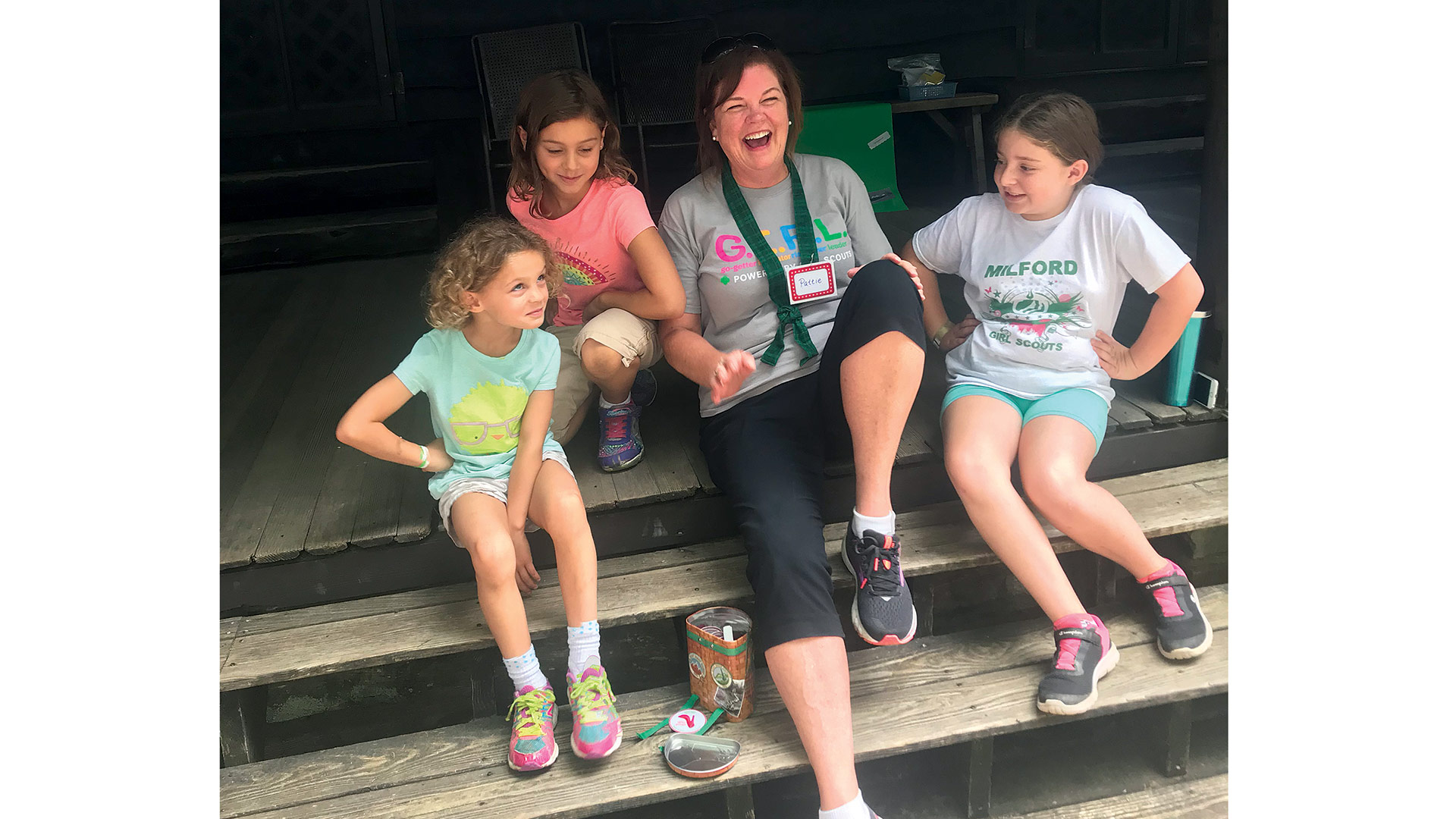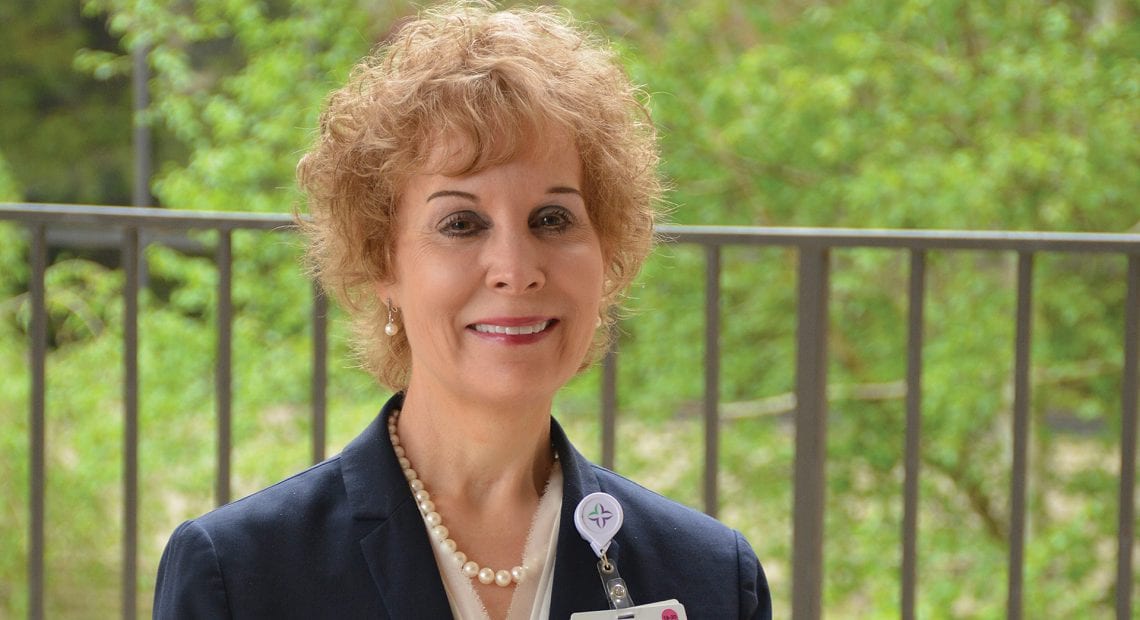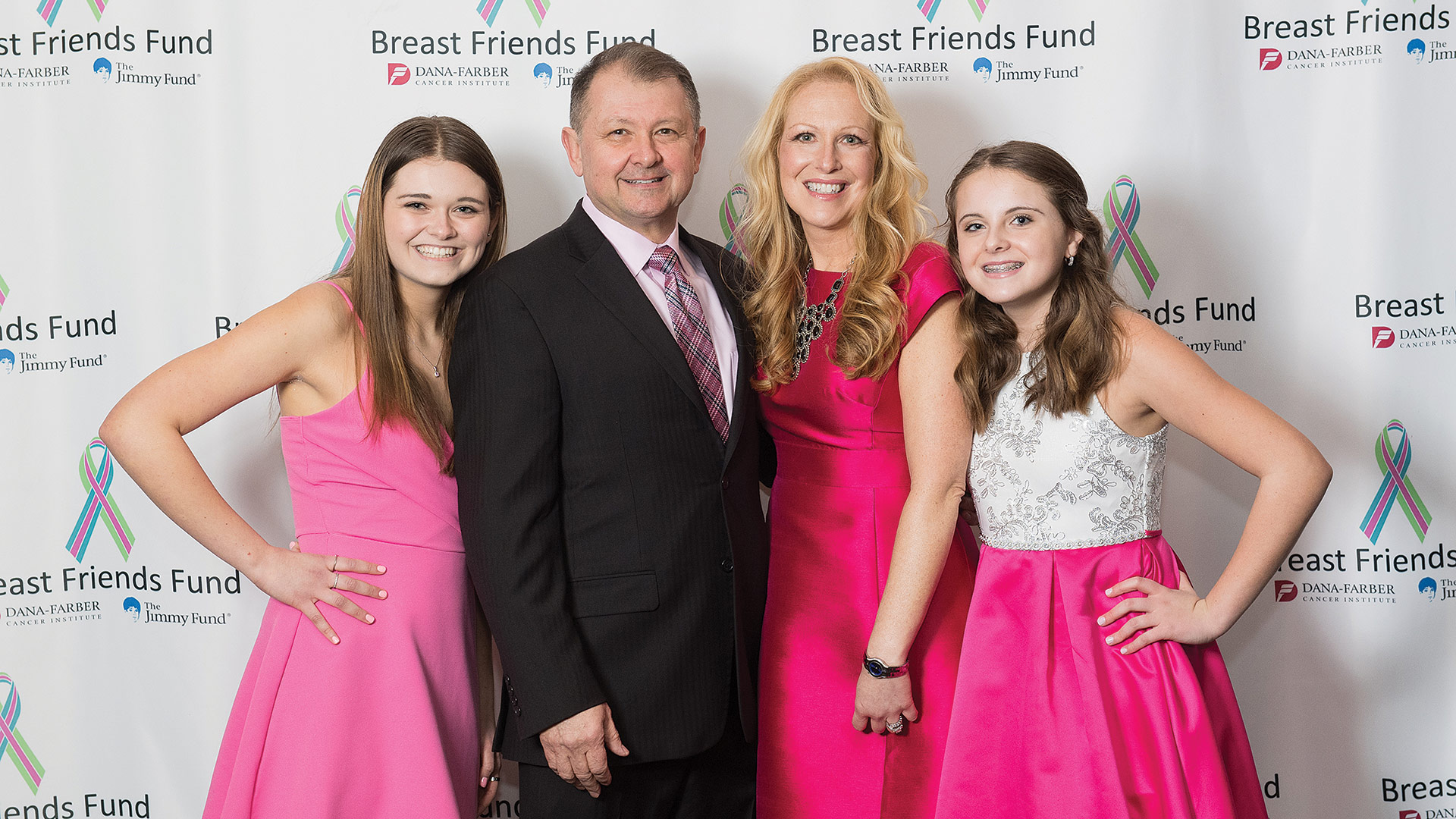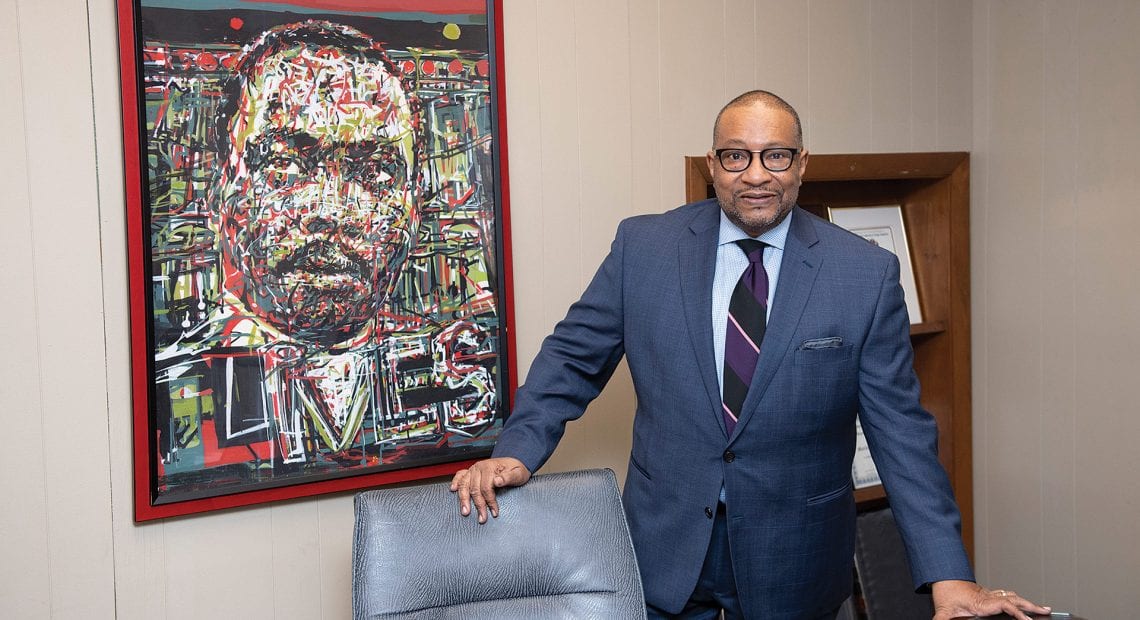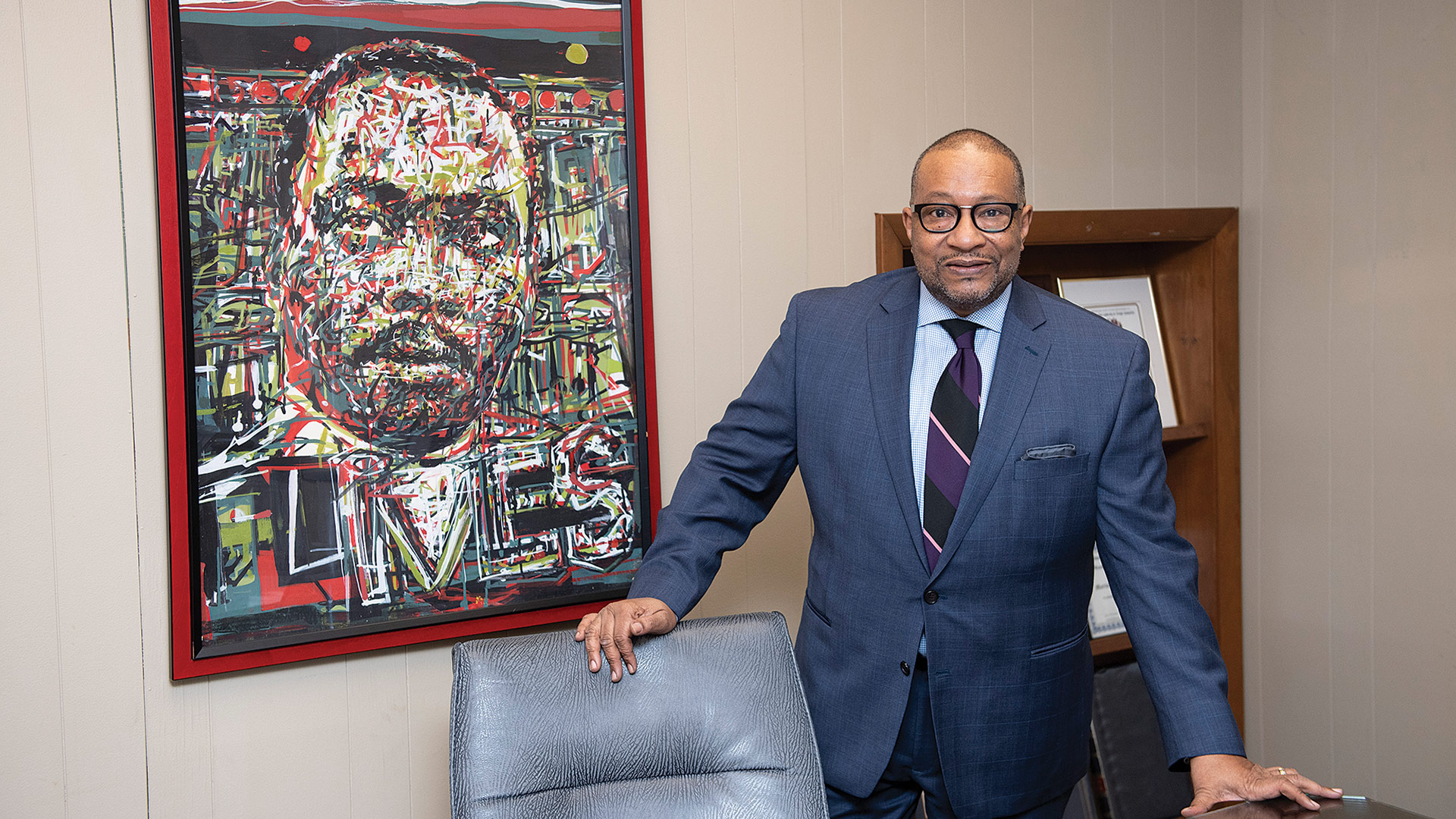Forward-looking Statements
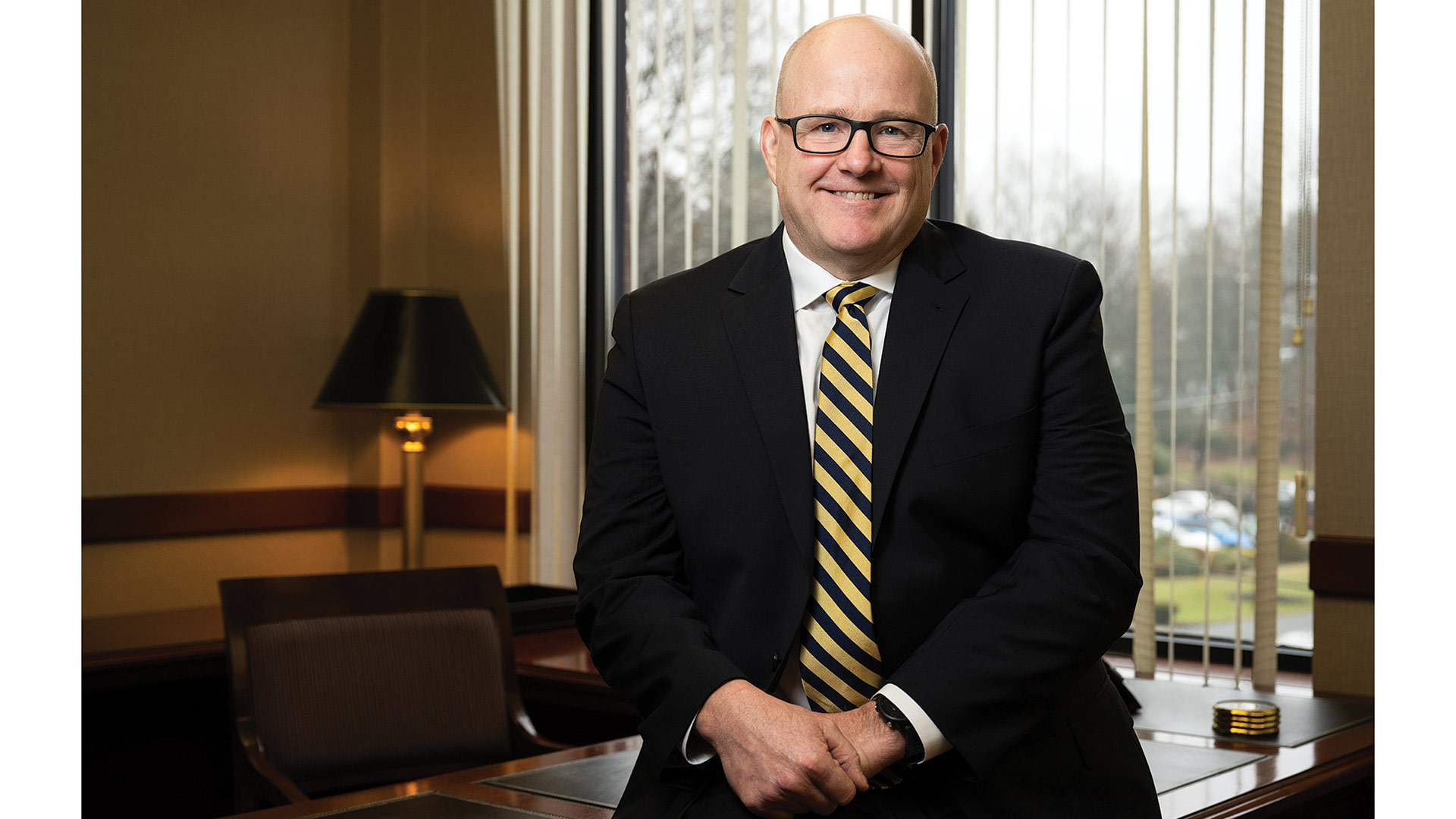
Matt Garrity
Matt Garrity says it was a few years ago, when he was established in his role as executive vice president and chief lending officer at Premier Financial Corp. in Ohio, that he determined that the next logical career step would be to preside over his own bank.
As time went on, and the calls from recruiters started multiplying, the major questions to be answered concerning this ambition were … where, and what?
The ‘where’ involved geographic regions, and Garrity had his preferences, especially the Northeast — he grew up in Lee. As for the what … he desired to be at a bank with a long history, a solid track record, a strong growth pattern, and a plan to continue along that path.
Not long after being encouraged to consider succeeding Kevin Day as president and CEO of Florence Bank, he concluded that all of those boxes could be checked — with authority.
“It’s a perfect fit — this is such a great bank, and it’s got a terrific board,” said Garrity, adding that there many things that stood out about the institution. “From a financial standpoint, this is a very strong and well-positioned bank, and what also came across loud and clear in my conversations with the board was what a great culture this organization has; this is a very customer-focused, community-minded culture that we have here, and a very engaged workforce.”
Garrity, who arrived at the bank in January, takes the helm at a very intriguing time in its history. Indeed, the institution will celebrate its 150th anniversary this year — May 6 is the actual anniversary date. It will mark the occasion in a number of ways and over the course of the year, he said, adding that the planning process is well underway, and details will emerge in the coming weeks.
“We’ll look to continue to grow the bank in Western Massachusetts, looking for opportunities to grow not only in Hampden County, where the bank has started to grow in recent years — we’ll look to continue that strategy — but also with our commercial business within the bank.”
Meanwhile, the institution that started as Florence Savings Bank to serve that growing village has moved well beyond its roots, most recently with a push into Hampden County. Where the next steps in that progression will take place have yet to be determined, but they will likely be in that corner of Western Mass., said Garrity, adding that, like most institutions, Florence is eying controlled, orderly growth, not growth for growth’s sake.
“We’ll want to continue that growth pattern in Hampden County,” he said, noting that branches opened the past several years in Springfield, West Springfield, and, most recently, Chicopee. “That’s certainly on the drawing board for us.”
For this issue and its focus on banking and financial services, BusinessWest talked at length with Garrity about his new assignment and his vision — still very much in the formative stages — for the next 150 years for this Western Mass. institution.
Points of Interest
Garrity said he’s spent his entire career in financial services, most of it focused on the commercial-banking side of the spectrum. It was at Premier Financial Corp. that he started taking on additional responsibilities and work in areas “other than the one I grew in,” as he put it, which put him on a path to the corner office at Florence Savings.
Among these areas was residential lending, he said, adding that gaining traction in this and other realms created learning experiences on a number of levels, not just adding lines to a résumé.
“That was a real step in my career,” he said. “Being able to work effectively and work with the team and run that business successfully was something that was really important in my career development.
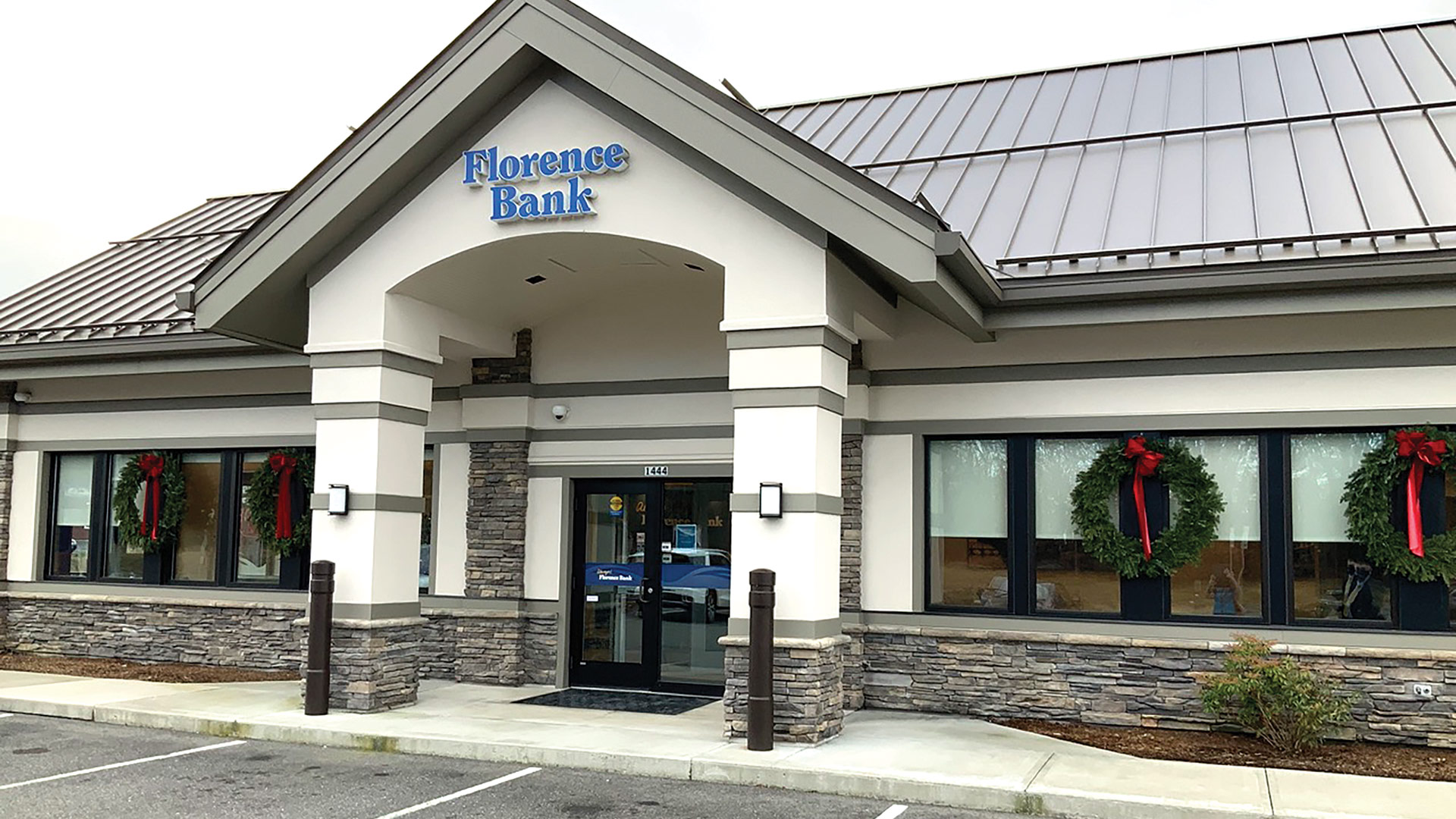
Florence Bank’s branch on Allen Street in Springfield is one of three in Hampden County, where additional expansion is expected in the coming years.
“As careers go on their paths like they do, and your responsibilities begin to grow and you get exposed to new businesses that maybe you weren’t the subject-matter expert in, and you begin to show your ability to effectively manage those businesses and work with the people in those businesses, that’s when you start to think that you can do this on a broader level,” he said, adding that it was several years ago that he considered himself both ready and willing to consider those calls from recruiters asking him to consider bank-presidency positions.
And there were many of them in recent years, Garrity noted, adding that he was, in a word, selective about which ones to pursue.
“Not every bank CEO position was in a part of the country that my wife and I would be comfortable going to, or you really wanted to go to, since we had optionality,” he told BusinessWest. “We were somewhat selective about the ‘where,’ the ‘what,’ and the ‘who’ we would be working with.”
As noted earlier, Florence, now with $2 billion in total assets, checked many of the boxes on his list, especially financial strength, corporate culture, and a long history of service to, and involvement in, the community.
In recent years, that word ‘community’ has come to mean much more than Florence, he said, and its definition will continue to broaden in years to come.
As he talked about the bank’s growth strategy and the next steps in that plan, Garrity acknowledged that there is a great deal of competition in the region, and it comes with institutions of all sizes, from smaller community banks — Florence is still in that category — to very large regional and national banks, like Chase, which just opened a branch in downtown Springfield and will soon open another in Northampton (see story on page 18). But he also acknowledged that banks like Florence need to continue growing at a time when size certainly does matter.
Florence Bank’s branch on Allen Street in Springfield is one of three in Hampden County, where additional expansion is expected in the coming years.
“We’ll look to continue to grow the bank in Western Massachusetts, looking for opportunities to grow not only in Hampden County, where the bank has started to grow in recent years — we’ll look to continue that strategy — but also with our commercial business within the bank.”
Taking Things into Account
Florence currently has 12 branches, nine in Hampshire County and those three in Hampden County. Future growth will likely be within that footprint, Garrity said, adding that, while several area banks have ventured into Northern Connecticut, Florence has no immediate plans to follow suit.
“As we look to continue to build the franchise, we’ll be strategic about that and determine what makes the most sense for us, and where the Florence Bank story makes the most sense for the community and for the bank.”
Despite advances in technology and the ability of consumers to do much of their banking remotely, he added, there is still a place for brick-and-mortar branches, for reasons that include everything from quality of service to marketing.
“Branches are more than deposit-taking propositions,” Garrity noted. “Not only do they represent the bank out of the market, it’s a place for outbound activity, for a bank to get out in the community and to make its presence felt.
“I think branch banking is really evolving,” he went on. “For us, that doesn’t mean we need a branch in each and every town and on every corner — that wouldn’t be our model — but we’ll need more in Hampden County to get the most out of our network.”
Within this very crowded banking marketplace, Florence has what Garrity describes as some competitive advantages.
“It gets down to people,” he explained. “As we look at what our strategic advantages are as we compete in these markets, we have terrific people, and that’s always a big strength that we’re going to have. We’re also very locally focused; the deposit dollars that we take in from Hampshire County and Hampden County are being redeployed in Hampshire County and Hampden County, and from a philanthropic perspective, this organization is focused on these communities as well.

Florence Bank’s branch in Chicopee is the latest addition to the portfolio.
“Over the past five years, this organization has donated to charitable causes in this region close to $3 million,” he went on. “So there’s a significant commitment that we have, and this is part of what helps us continue to be relevant over these past 150 years. One of the founding principles of the bank back in 1873 was ‘neighbors helping neighbors,’ and that’s as important to us today as it was back then.”
People, meaning the team at the bank, are also a key component in the growth strategy for the commercial-lending side of the ledger, said Garrity, adding that there is no shortage of competition in this realm, either.
“It’s the people that help you stand out, people and the ability to bring solutions. The advantage of working with a bank such as Florence Bank, given our size and what I’ll call our flat structure and local decision making, is we can get the right people around a table to make a good, common-sense answer for our client — a custom solution. That is a distinct advantage that we would have over some of our larger competitors that are more decentralized and a little more pigeonholed from a policy perspective.”
He noted that the commercial market was strong in 2022 because many businesses that were on the fence decided to move ahead before interest rates went up. They did rise, considerably, and these increases, coupled with uncertainty concerning the economy and other headwinds, has slowed the commercial market in recent months, he went on, adding that this is a nationwide phenomenon and one that bears watching in the coming months.
The same can be said for the residential market, which has slowed dramatically in recent months — a 28-year low nationwide, in fact — as a result of rising interest rates and low inventory.
Bottom Line
Garrity said he’s spent his first few months at Florence engaging with his team at the bank, looking for opportunities to engage in the community, and “learning the bank,” as he put it.
“I’m asking a lot of questions and listening for the answers,” he noted, adding that what he’s heard so far is that this institution is well-positioned to take advantage of the opportunities that will present themselves in the months and years to come.
“We have a great team, and we have a really good bank in a very good position,” he said. “And we’ll plenty of opportunity to continue to do great things here and great things for our customers, so I’m excited; 150 years is a great accomplishment for this organization — and for this community that has supported us. We have more than 50,000 customers that support this bank in the communities we serve, and we want to continue to serve them for another 150 years.”



